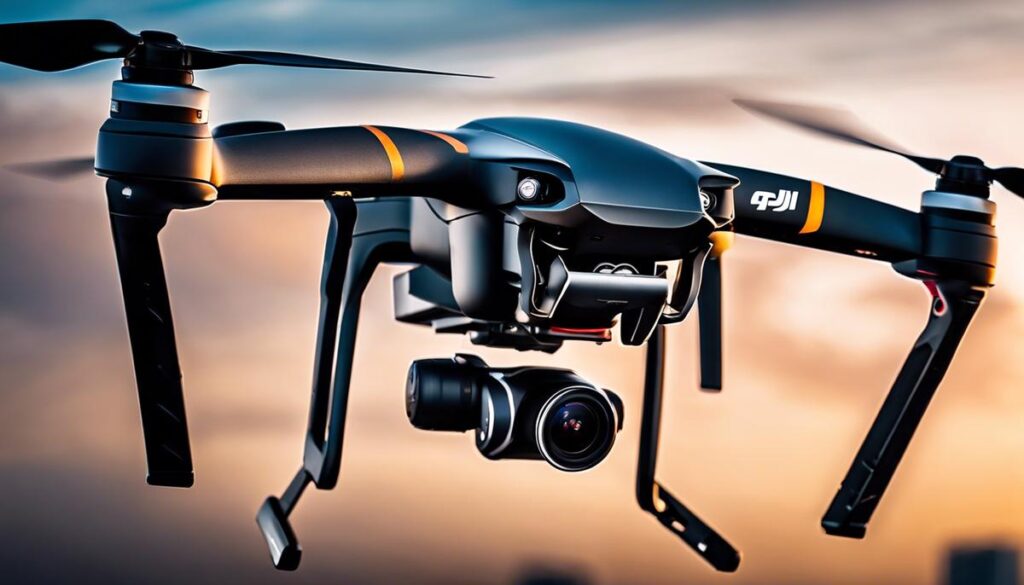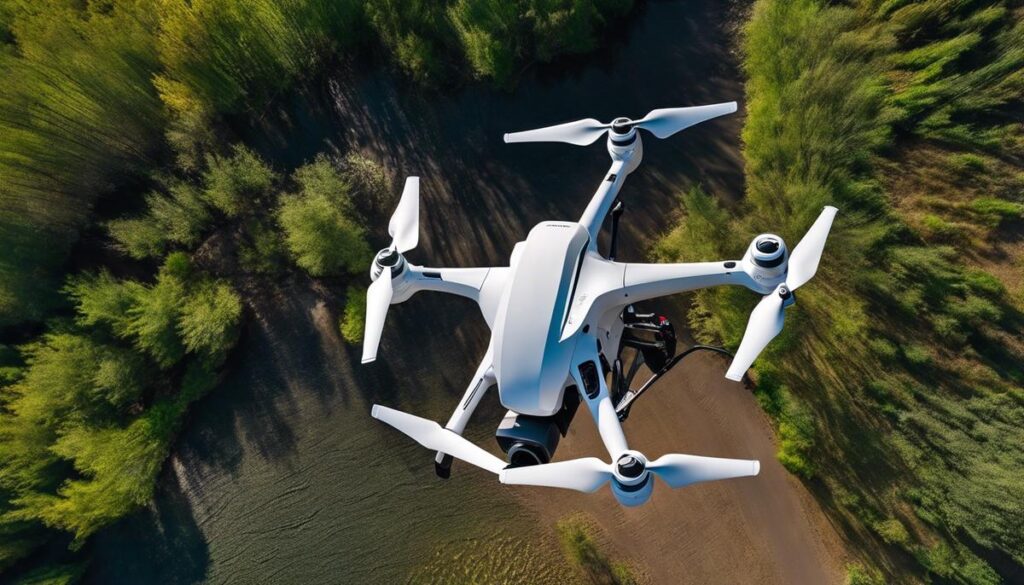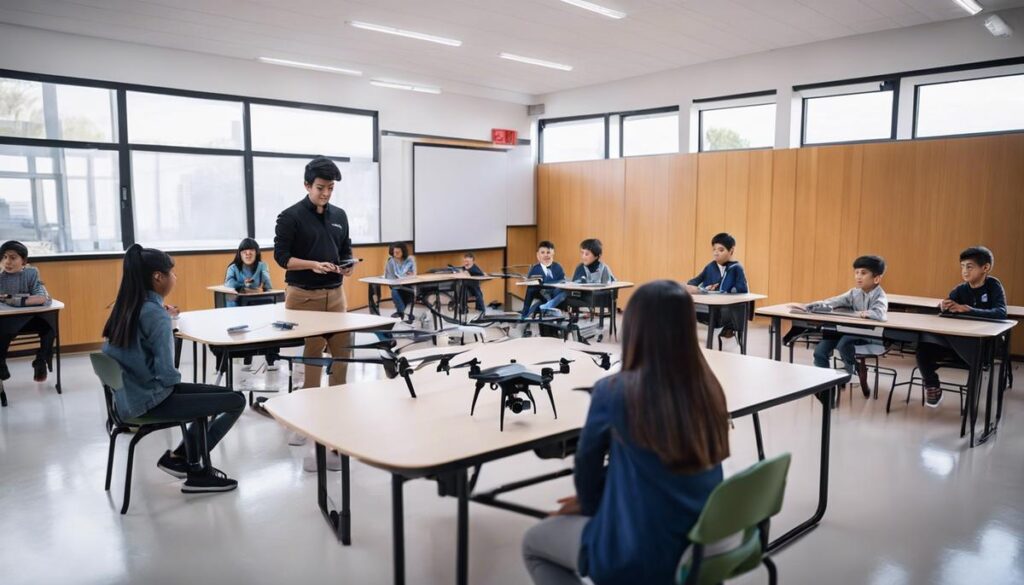Breaking into the realm of drone operations, particularly with top-tier DJI models, requires more than just mastering the controls. It demands a thorough grasp of legal guidelines, safety procedures, and technical quirks that ensure a seamless and lawful drone operation. Primarily, you must familiarize yourself with FAA Drone laws; these mandatory regulations elucidate on the criteria for drone classifications, the proper registration steps, and other vital aspects. Scrutiny of privacy and liability laws are also paramount, because these rules can shape the direction and limits of your drone adventures. Above all, to mitigate risks and foster confidence in DJI drone operations, an extensive understanding of safety guidelines is crucical as is deciphering the dynamic realm of DJI’s Geo-fencing system and unlocking procedures for no-fly zones. Lastly, we’ll tackle drone insurance, focusing on DJI’s proprietary coverage, DJI Care Refresh. Given these points, navigate through the points that follow, it will bring you up-to-speed and take you under the hood of DJI drone mastery.
Understanding FAA Drone Laws
FAA regulations have a pervasive presence in the world of DJI drones, deeply influencing how operators use these advanced machines. The rules are meant to ensure public safety and personal privacy while enabling the exciting potential drones hold. For DJI drone operators, understanding these regulations is not optional; it’s mandatory. The ability to ethically and legally navigate the drone space becomes a primary concern, and FAA regulations provide the framework.
One of the most impactful FAA regulations stipulates that drone operators must keep their devices within visual line-of-sight. This rule might seem restrictive at first, but it’s anchored in safety. DJI drones, although equipped with advanced technology, still depend on the operator’s judgement for collision avoidance. Another significant ruling mandates that drones cannot be flown higher than 400 feet. Specified in order to prevent airspace interference with manned aircrafts, this ceiling allows drone operators ample vertical room for maneuverability while avoiding potential hazards.
FAA regulations also necessitate drone operators to register themselves and their drones if they weigh more than 0.55 lbs to insure accountability. DJI drone pilots infringing these guidelines could face severe penalties. Thus, compliance to FAA regulations is key—not just for legal operation, but also for the promotion of a safe and respectful drone community. The bottom line? FAA regulations may appear prohibitive, but in actuality, they facilitate a structured and safe environment for DJI drone operation.

Privacy and Liability Laws Impacting DJI Drones
Keeping these factors in mind, let’s shed light on how DJI drone operations are influenced by privacy and liability laws.
Privacy laws play an enormous role in shaping the nuances of drone use, especially as these tiny unmanned aircraft are capable of capturing high-resolution images and recording video from significant altitudes. These capabilities raise valid privacy concerns; hence, drone operators are required to ensure they do not violate any privacy rights.
For instance, in several regions, it’s illegal to use a drone to capture images or videos of private properties without explicit permission. This has considerable implications for DJI drone operators who must remain vigilant about where they are flying and what their cameras are recording.
Another aspect that influences DJI drone operations is liability laws. These laws generally determine who is held responsible if a drone causes an accident or damages property. A drone operator may be held liable for damages or injuries caused by their drone, and in certain cases, manufacturers like DJI may also have to shoulder some responsibility.
Therefore, it’s crucial to have liability insurance, which covers damages that a drone can potentially cause. It’s also essential that DJI drone pilots adhere to the rules and safety precautions to reduce the likelihood of an incident occurring, not only for their financial security but also in consideration of public safety.
As drone technology continues to evolve at an astounding pace, the intersection of privacy and liability laws with drone operations will become increasingly impactful. Balancing technological advancement with legal responsibilities and ethical considerations is the challenge of modern computing—and the future of drone usage. Success lies in identifying the balance between exploring these powerful new technologies and maintaining the individual rights and safety of the public.
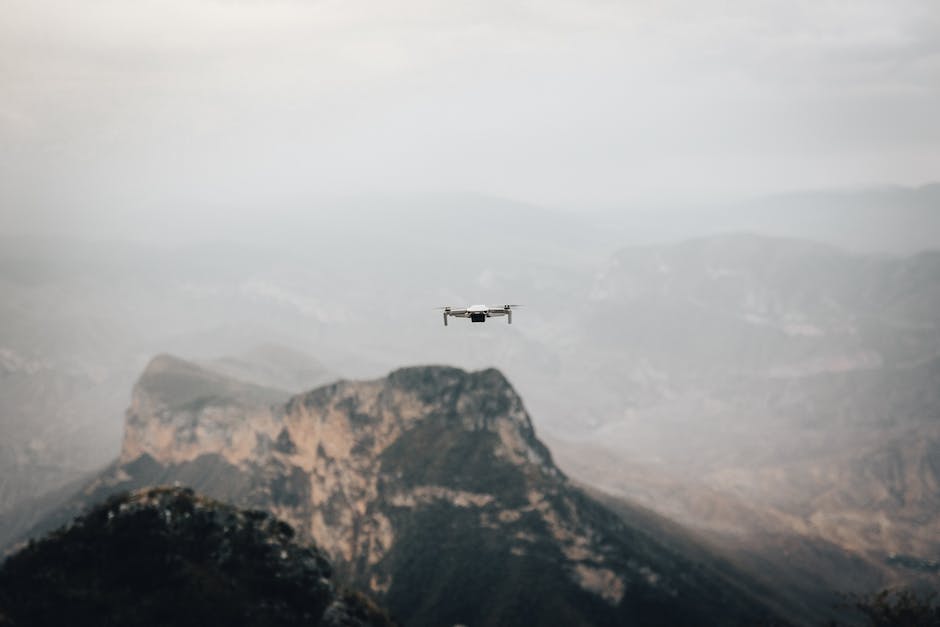
Safe DJI Drone Operations Guidelines
Delving beyond the regulations and ethical considerations, it’s crucial for DJI drone operators to understand the technical aspects of safe drone operation. One pivotal, often overlooked practice is maintaining regular software and hardware checks. The advanced technology embedded in DJI drones requires consistent updates, which often include critical safety enhancements and functionality improvements. Updates may not always seem exciting, but they’re essential for upholding flight safety and performance.
Weather conditions have a substantially nuanced impact on drone operations. Operating a drone in adverse weather conditions can lead to devastating consequences. Thus, drone operators must be apprised of the local weather forecasts before each flight to prevent potential mishaps. Be particularly wary of strong winds, rain, or fog as these can interfere with drone controls, video quality, and GPS systems.
Battery management is another crucial area for DJI drone users. Always ensure that your drone has sufficient battery for the return trip – a good rule of thumb is to start the return flight when the battery life hovers around 30%. Paying attention to battery health and avoiding superfluous drain can prove vital in averting sudden power losses during a flight session. Naturally, combining these recommendations with the FAA regulations and ethical guidelines already presented, drone operators can optimally exploit the power of DJI technology while maintaining respectability and safety in the air.

DJI Geo-fencing and Unlocking No-fly zones
Switching gears, DJI drone Geo-fencing is at the forefront of technology trends that are shaping modern drone etiquette and safety. Geo-fencing, a virtual boundary system, is the DJI drone’s answer to FAA regulations and privacy concerns. Built into the drone’s software, it uses GPS or RFID to collect geographical data and enforce no-fly zones. DJI defines these zones in two categories: the red zones, which are off-limits areas around locations such as airports, government buildings, and military bases; and yellow zones, which hover over areas that might require restriction, such as tall structures, buildings, or areas with dense populations.
If a DJI drone attempts to enter a defined no-fly zone, the Geo-fencing system will automatically prevent it from breaching the area. However, certain instances may call for drone operation within the designated zones. Unlocking no-fly zones, therefore, is not a means of disregarding rules or regulation but a necessitated control in exceptional circumstances, like emergency response or professional filmmaking. Users must go through an online application process on DJI’s official website, providing their DJI account, drone model, flight controller serial number, and a detailed reason for the requirement. DJI screens each request manually, thereby ensuring a full accord with local regulations and safety concerns. Once approved, the flight restrictions are remotely lifted for the approved period.
Utilizing the marvels of technology for personal or professional benefits while unreservedly complying with regulations is key to a responsible drone community. With DJI’s Geo-fencing technology and no-fly zone unlocking, users get the best of both worlds: the thrill and utility of drone use and absolute adherence to safety norms and decency. Today’s drone sends out a message: tech is here not just for service, but to also pen a tale of harmony and responsibility!
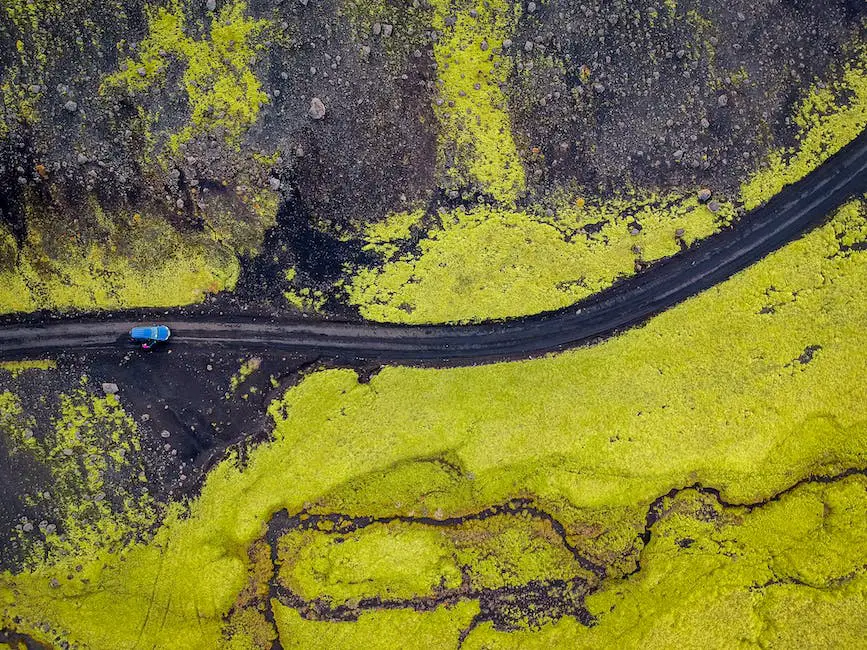
Drone Insurance and DJI Care Refresh
After considering FAA regulations, privacy concerns, and safety obligations, your next consideration as a DJI drone operator should be the question of protection. What happens when something goes wrong? To this end, DJI has developed the DJI Care Refresh and DJI Care Refresh+ programs, alongside the more traditional drone insurance options. These are in essence, protection plans that cover accidental damage to your DJI drone, offering a peace of mind for operators. More than just insurance, these programs underscore the belief that technology should function to solve problems not create them.
DJI Care Refresh offers coverage for up to two incidents of accidental damage. This could be anything from water damage to a collision, and includes rapid support and free shipping. If you are the sort of drone operator who loves diving straight into new tech, it’s reassuring to have this security blanket in place. It delivers a rational, solution-focused approach to incident management, keeping you airborne and your drone operative. Theoretically, you could crash your drone into a lake, salvage it, send it off to DJI and receive a replacement, covering what could otherwise be a surprisingly painful cost.
On the other hand, drone insurance offers a slightly broader coverage, extending beyond accidental damage to instances of theft or loss. This is particularly important for commercial operators, who need to ensure that their business operations aren’t hampered by technical mishaps or unfortunate circumstances. With a tech-optimized world that is evolving daily, both of these options represent users harnessing the best of technology to put preventive problem-solving measures in place. However, just like any other insurance, the choice between the two ultimately depends upon personal risk assessment and the value of investment. Analytically, the essential factor to remember is that either DJI Care Refresh or drone insurance isn’t just a purchase—it’s a strategic move that smooths the way to indulging the most innovative side of your nature.
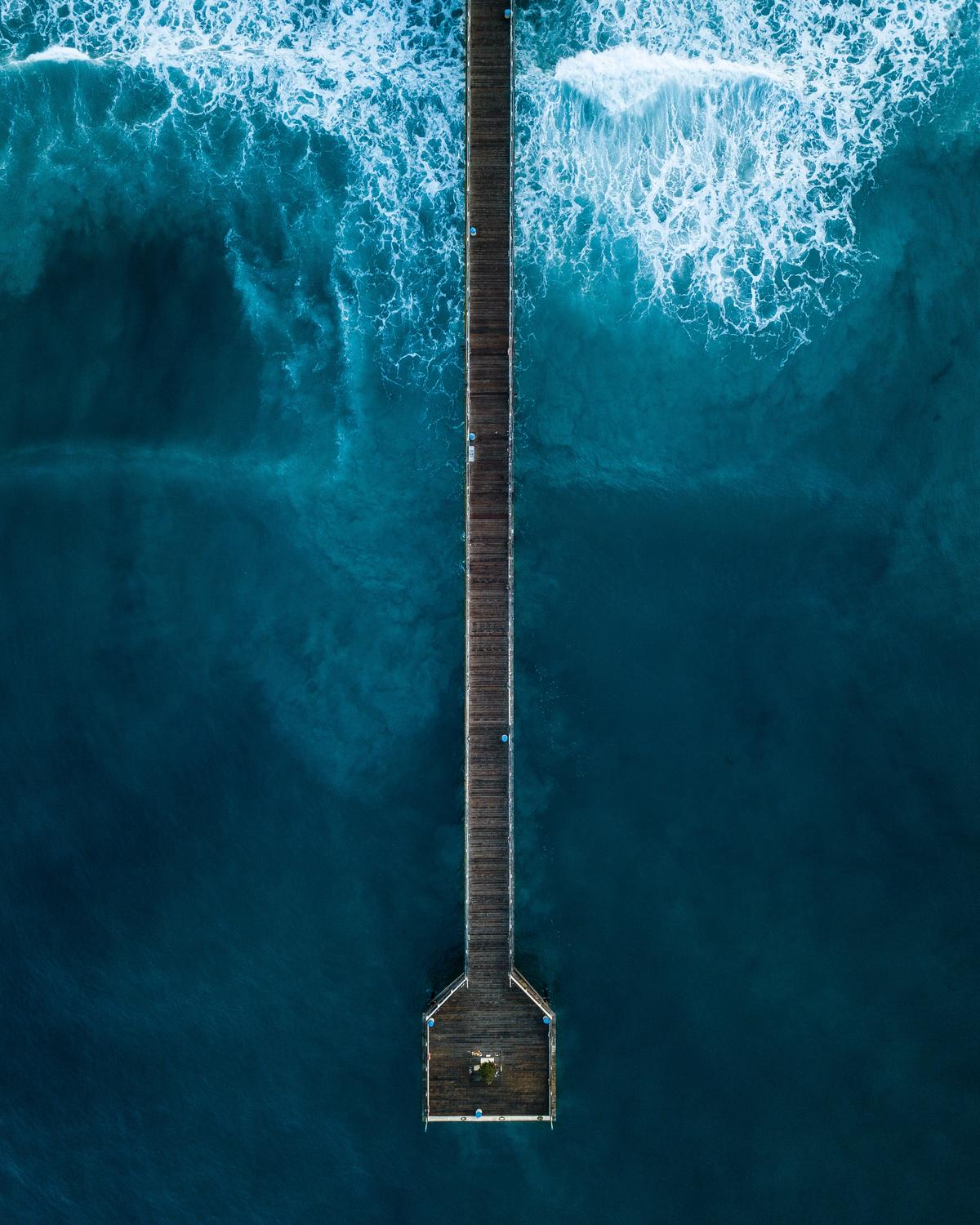
Photo by emp_creative on Unsplash
By the time you’ve navigated through this detailed discussion, you should be well-equipped to not only skim the skies with your DJI drone, but to do so while adhering to established regulations. Remember, the knowledge of FAA drone laws, an understanding of the privacy and liability laws associated with drone usage, adherence to the safety guidelines for flying drones, the comprehension of DJI’s Geo-fencing system including the methods to unlock drones are all key components to a successful and legal drone operation. Additionally, having the insight of drone insurance and more specifically, DJI Care Refresh, allows you to protect your valuable investment properly. Take these guidelines to heart, stay updated with drone legalities, and uphold safety regulations. By ensuring these steps, you’re not just responsible, you’re setting a high bar for drone operators everywhere.
Originally posted 2024-01-03 02:10:30.

